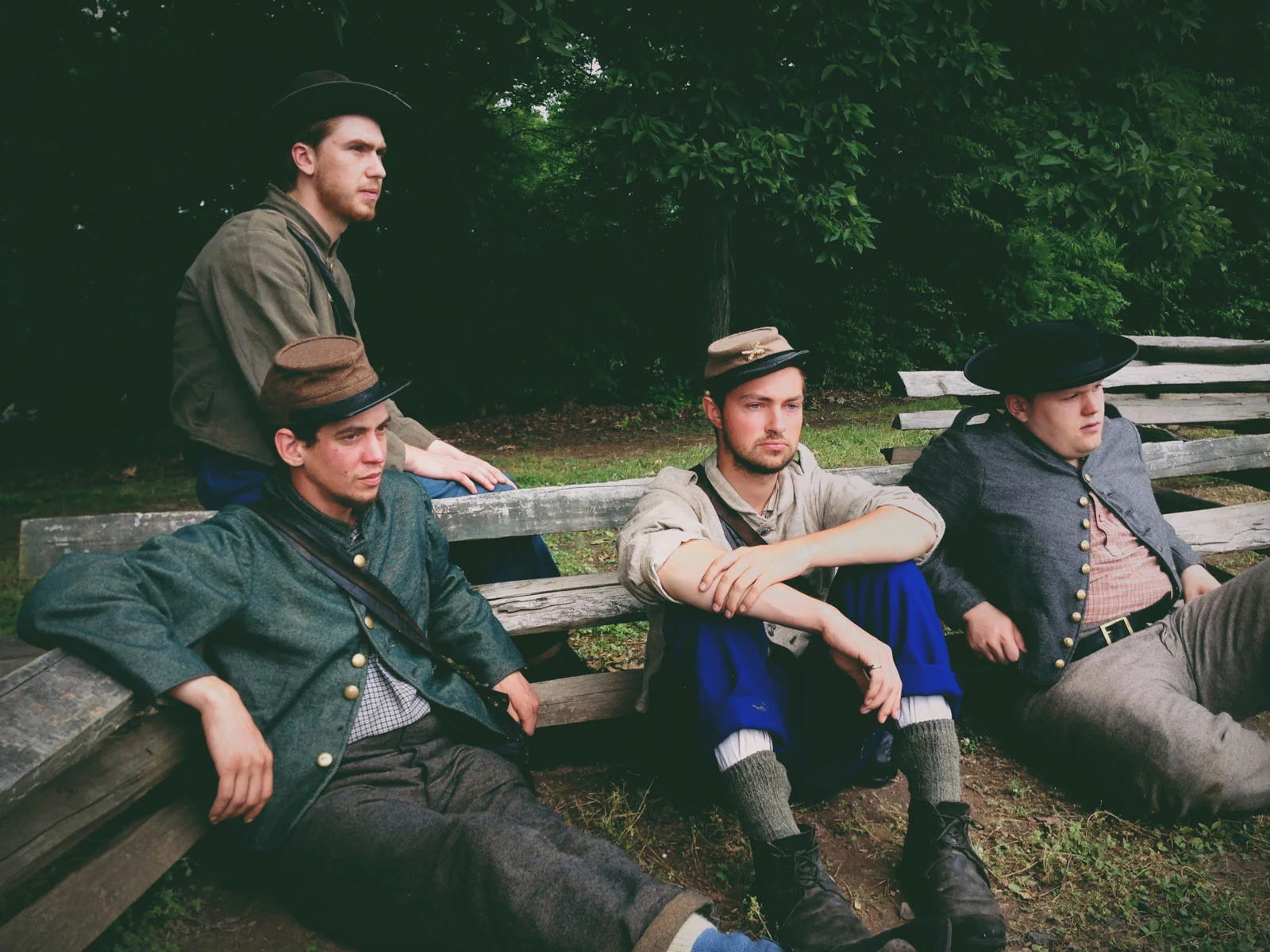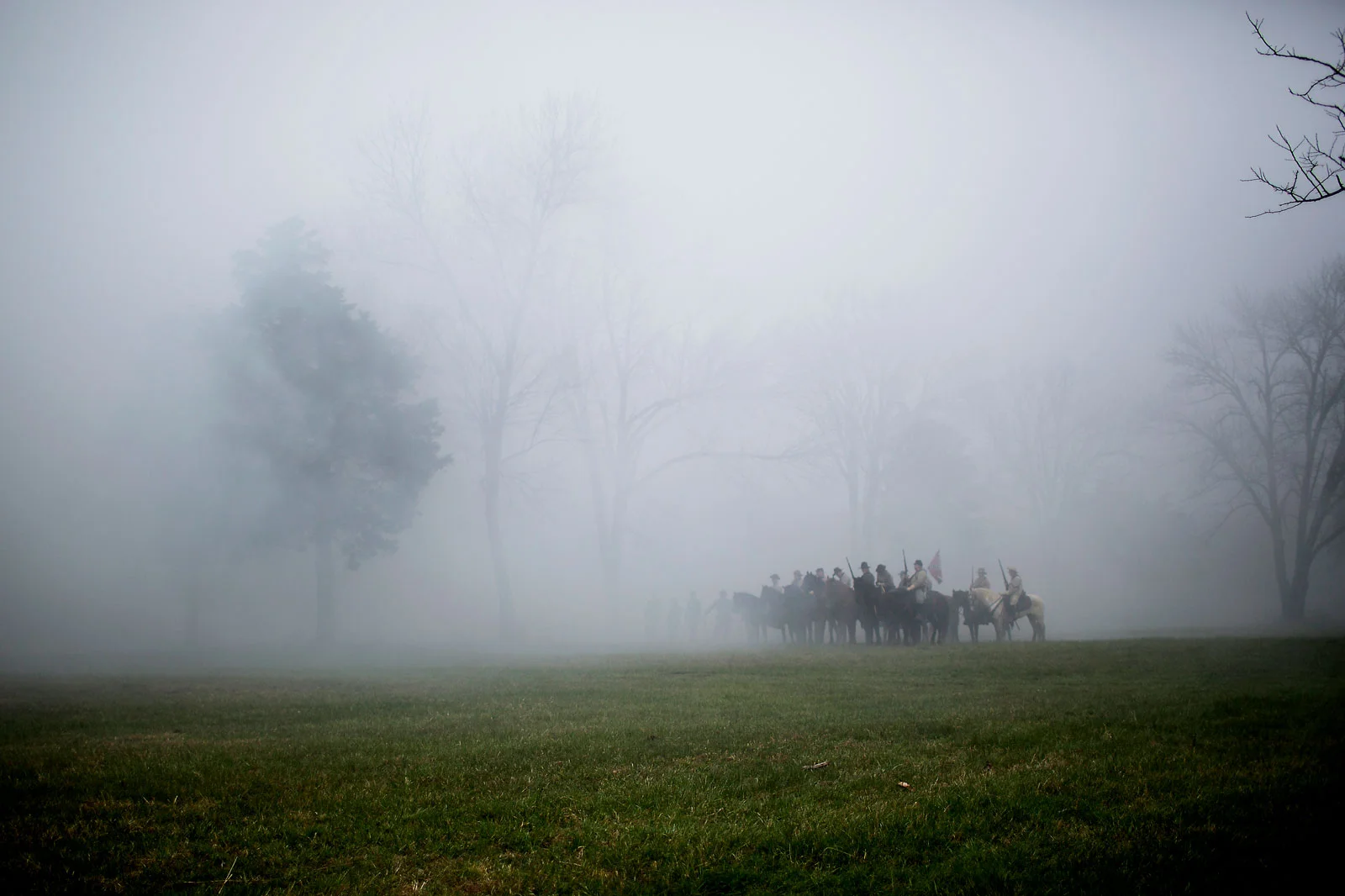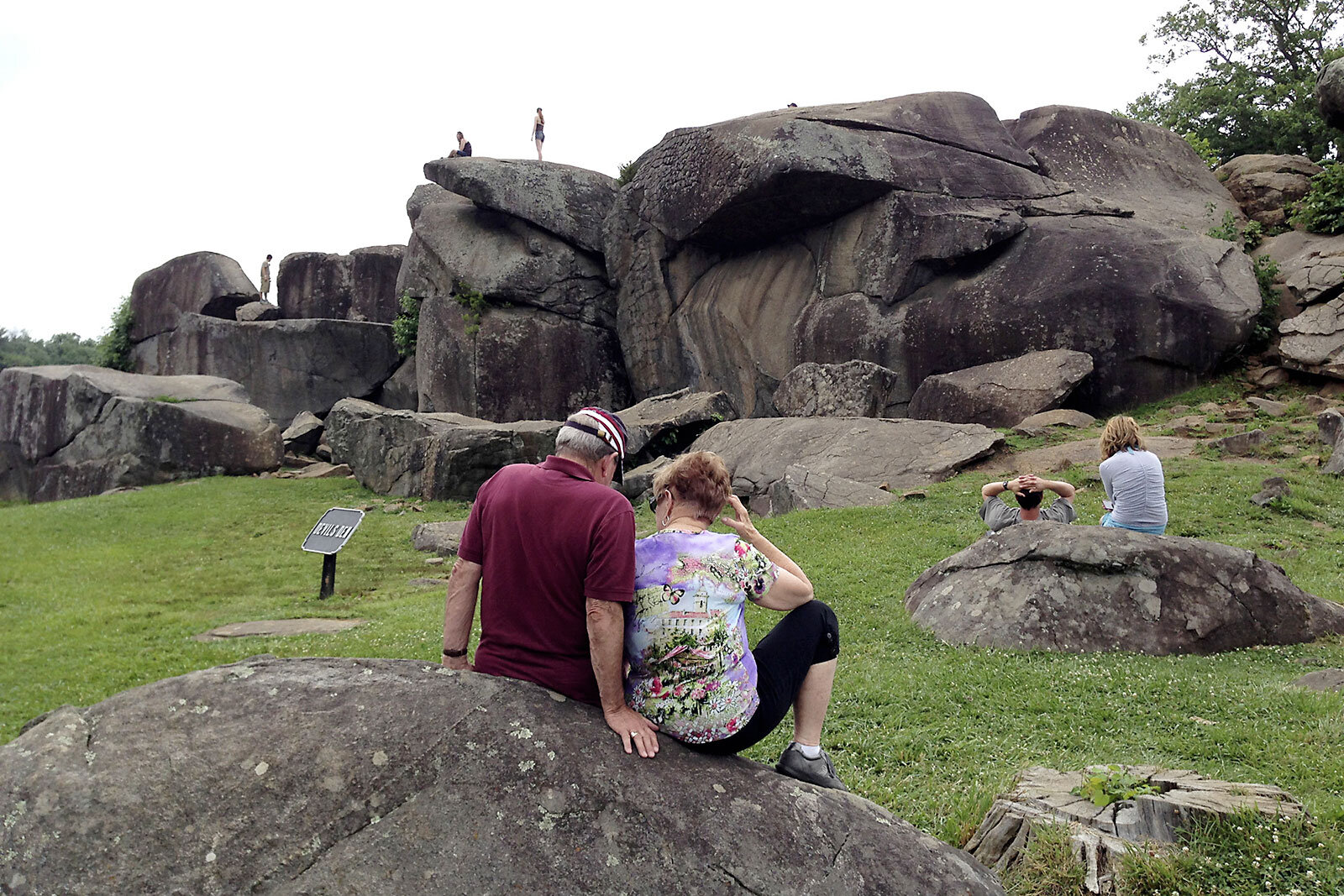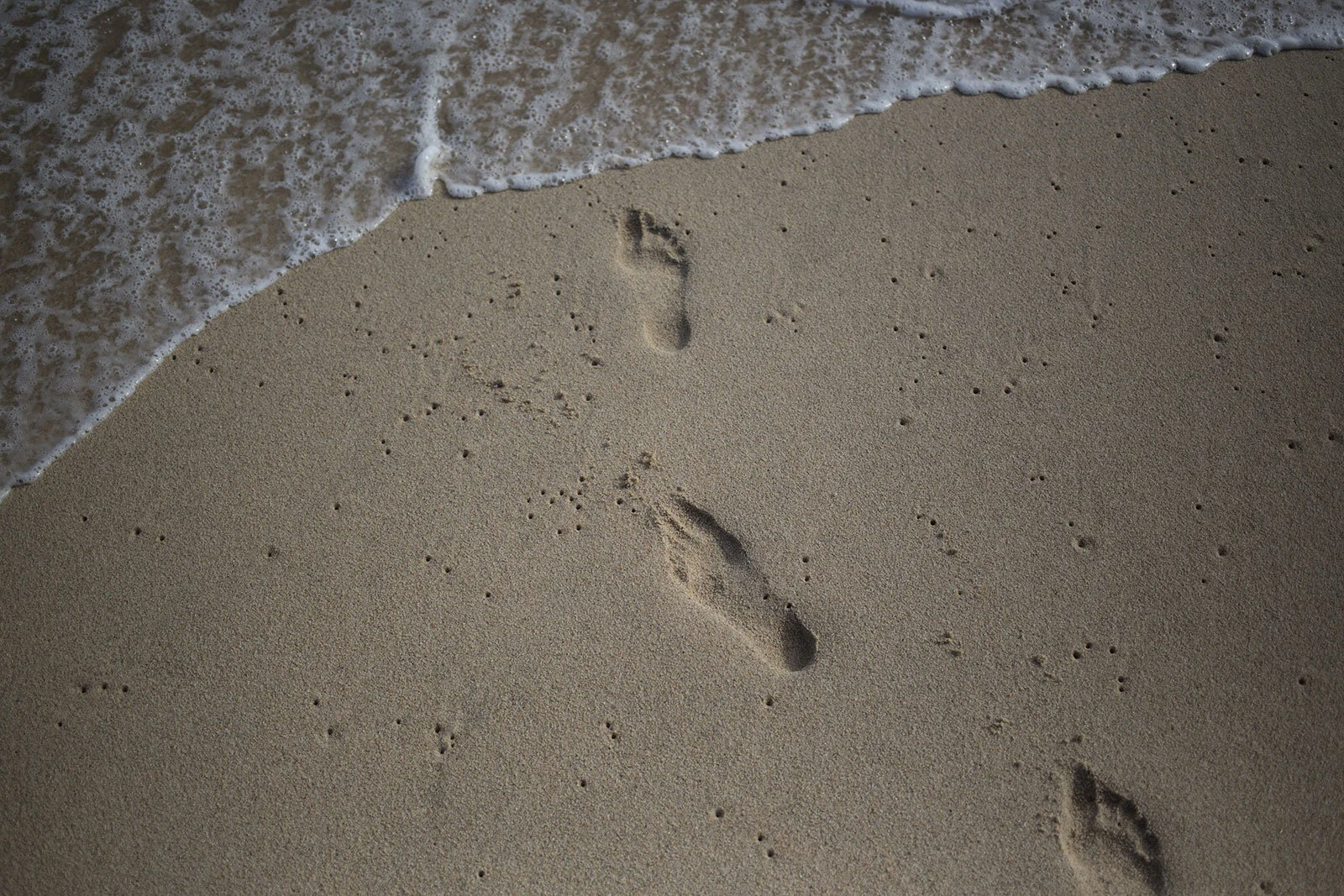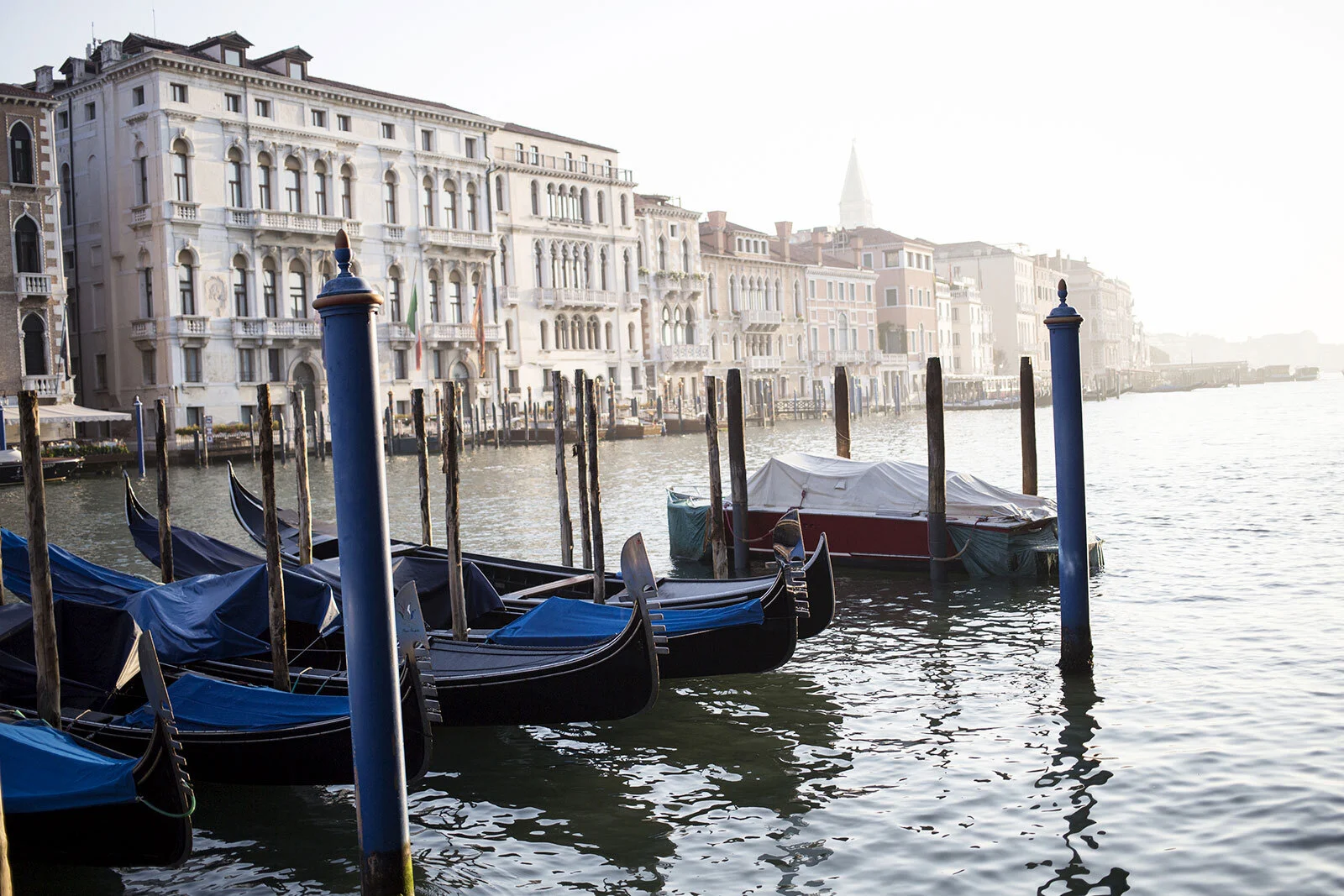The Color of That Distance
Denver, Colorado
Reading Time: 1 min 8 sec
1413, 100916. High above far Eastern Plains of Colorado.
At the tail end of 2019, after cleaning up construction debris and putting our basement back into some semblance of order, I went through camping gear, old newspaper clips, camera gear, and books. Many of the books share similar fates, false starts, half-read, close to being read, and the last page consumed is always marked by the shop's receipt as if a warning to the others. The tell-tale sign of a madman and/or that ADHD shares the same space.
That all said, I do set goals, and those for 2020 include the desire to finish the books put down unfinished over the years before buying new ones. The castaways have organized, beating against their 65% post consumed recycled plastic Rubbermaid storage bins and just beneath the floorboards they mock. Rebecca Solnit's "A Field Guide to Getting Lost" is one never squirreled away to the land of misfit books but carried around while traveling for work. It's dog eared, underlined and has some literal miles on it. With work travel taken from us, it's been sitting in my computer bag. Thankfully, a few weeks into lockdown, it was rediscovered. Reading something untethered from the now was good to have around, a good break between bookmarked news articles and the firehose of Twitter.
As we find ourselves, our families, careers, and country sliding toward an unknown future, I found the pages of Solnit's collection of essays the reflection we could all use in redefining the unknowns we are facing.
"Lost really has two disparate meanings. Losing things is about the familiar falling away, getting lost is about the unfamiliar appearing."
Good luck, everybody.
“The world is blue at its edges and in its depths. This blue is the light that got lost. Light at the blue end of the spectrum does not travel the whole distance from the sun to us. It disperses among the molecules of the air, it scatters in water. Water is colorless, shallow water appears to be the color of whatever lies underneath it, but deep water is full of this scattered light, the purer the water the deeper the blue. The sky is blue for the same reason, but the blue at the horizon, the blue of land that seems to be dissolving into the sky, is a deeper, dreamier, melancholy blue, the blue at the farthest reaches of the places where you see for miles, the blue of distance. This light that does not touch us, does not travel the whole distance, the light that gets lost, gives us the beauty of the world, so much of which is in the color blue.
For many years, I have been moved by the blue at the far edge of what can be seen, that color of horizons, of remote mountain ranges, of anything far away. The color of that distance is the color of an emotion, the color of solitude and of desire, the color of there seen from here, the color of where you are not. And the color of where you can never go. For the blue is not in the place those miles away at the horizon, but in the atmospheric distance between you and the mountains.”






